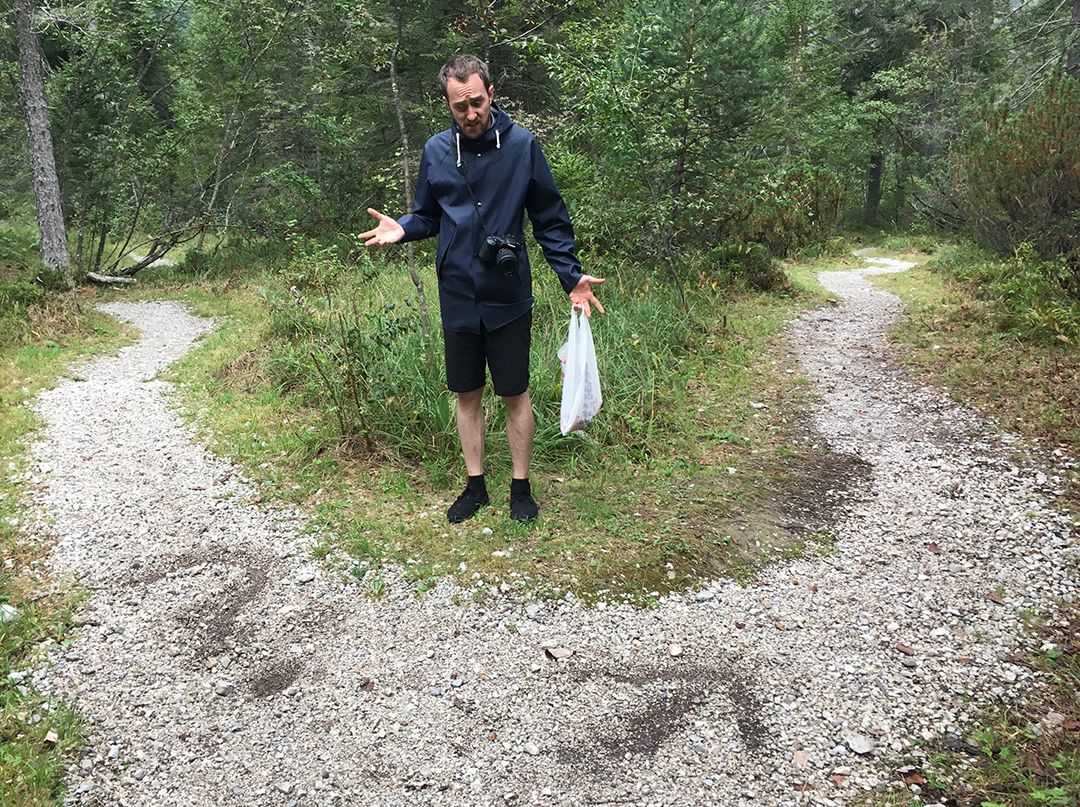I’ve been teaching for over 10 years and recently I’ve been feeling a little bit stale. I want to update my methods and content to be more in line with what I really feel is necessary in teaching, like helping students develop critical thinking skills and learn how to learn on their own.
Before, I think I spent too much time focusing on “technical skills” that really are more about busywork that keeps students occupied and feeling like they are accomplishing something, but less about developing real life skills that will help them in the future.
Getting the right mix of critical thinking, which is mostly intellectual, strategic and reflective, along with hands-on activities where applied skills are learned, is tricky. Too much thinking and planning, even if it’s fun, idea-generating exercises and lively discussions with their peers, leaves students thinking that they’ve not achieved much. It’s hard for us to feel that we’ve made progress unless we see something measurable or physical or experience-able like an object, a drawing, an event.
Really, that feeling of progress and accomplishment is so important to learning. There’s that sense of getting somewhere, from beginner to expert. Learning as some sort of journey: a lifelong, meandering travel through a subject like painting or a short trip of a few hours discovering life drawing in the studio.
Every journey needs some sort of sign posts to tell you where you’re going and where you’ve been. Even if you’re wandering around, near aimlessly, there are still times when you need to know where the toilet area is, what’s the name of this road you’re traveling on, or the town you’ve just entered is called. In teaching, the general route of your journey into knowledge of some subject is laid out in “aims” of the course document. In the “learning outcomes” section you get a list of all the mini-trips and activities that you’ll be part of. For example, if you’ve ever been on cruise or guided holiday, you get a sheet of touring activities for each place you stop at with general descriptions, like “a day trip to Pompeii to experience the ruined villas and learn about the artifacts left behind after the eruption of Mount Vesuvius.” Each of these mini-trips has as set itinerary and a tour guide who sign-posts the interesting bits of the tour and makes sure that you pay attention to these details.
sign: “don’t trip over the giant movie projector?”
What makes a great trip are the details, and what makes them memorable is the fact that you’ve paid attention to them. A good tour guide tells you what you’re going to see, shows it to you and let’s you experience it, and then sums it up at the end to remind you what you’ve seen. This is the classic presentation style that I teach students. It’s also easy to forget when you’re presenting, yourself. This is where “sequencing” comes in.
I was listening to Jessie Thorn interview Ricky Jay on Bullseye and Ricky speaks about (36:42 in) is “noticing elements of performance… that aren’t an effect”. That there’s more to a performance of magic than just the tricks or “effects”: it’s not just “learn a thing, know how to do it, practice until you can do it,” as Jessie put it. To paraphrase Ricky’s answer, sometimes you see something dazzling but you’re not sure what was supposed to have taken place. When you give instructions, when you introduce an effect clearly, “you know what was supposed to happen, and you’re able to react to that is a really clear, specific way,” he says. “You’re going to be able to reconstruction the action and you’re going to be excited by that.”
This is an easy thing to forget when teaching. We put together some slides on a topic, and lesson plans, and sometimes in that top-level design of the contents we can lose focus on the details. It’s hard to keep up a coherent overall melody of a course through the rhythm of each class’s lesson plan. This is especially hard when there is a lot of technical and conceptual knowledge to deliver in a short amount of time. Too many details means too many signs, or to stick with the musical metaphor, too many competing rhythms and notes. When it works, it can be a wash of modern music, a discordant but still refreshing and surprisingly listenable wash of sound. When it fails, it’s jarring noise that unsettles and annoys (and not in a good way).
